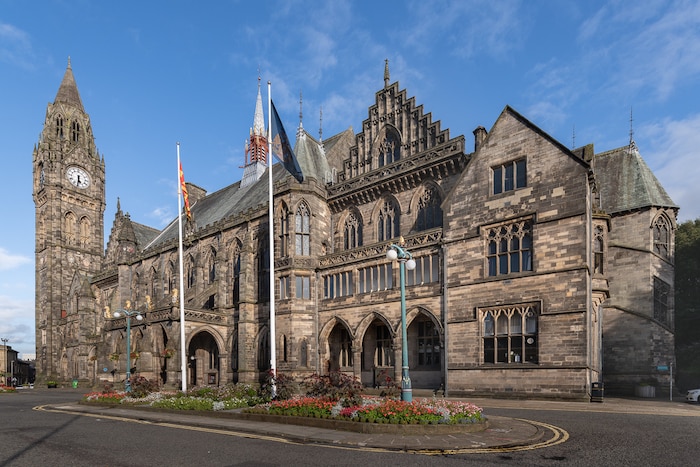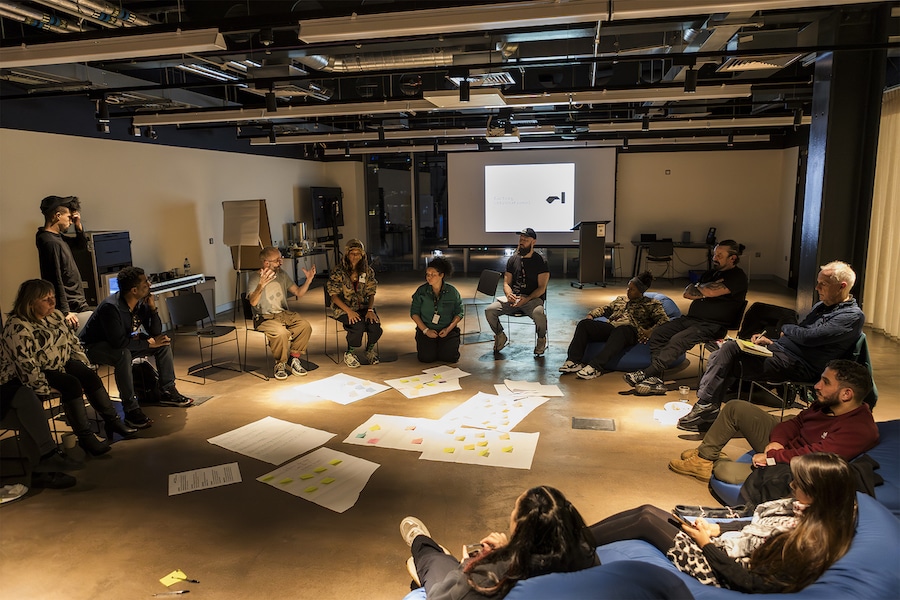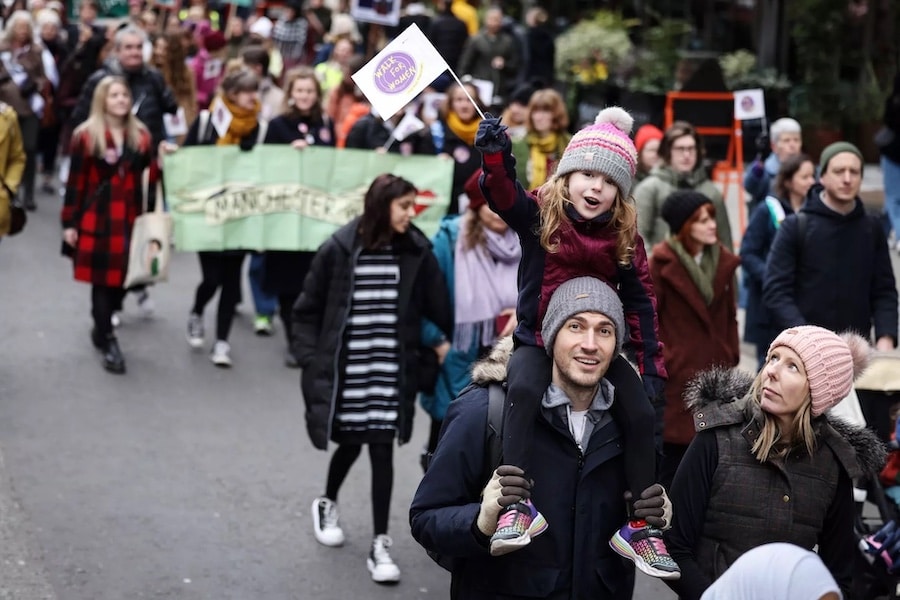New report presents alternative vision for Manchester’s £1bn Mayfield district
- Written by I Love MCR
- Last updated 8 years ago
- Community, Property & Planning
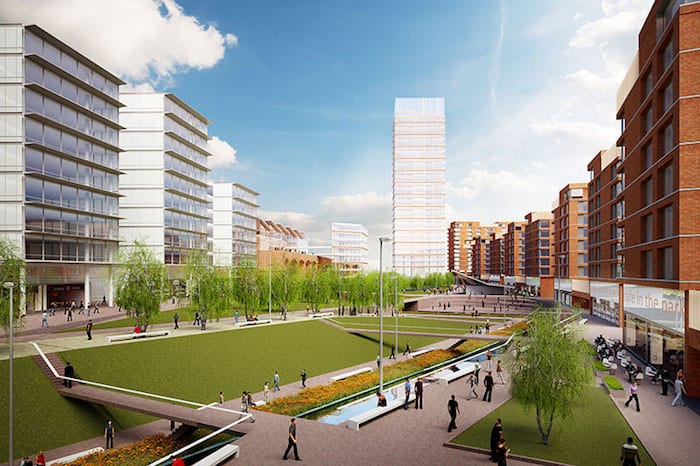
An alternative report into the future of Manchester’s Mayfield district, a 24 acre site behind Piccadilly train station, has been launched by The Mayfield Imaginarium Collaborative (MIC).
The report, which incorporates the views of over 500 members of the public, reveals that public aspirations are vastly different to the conclusions of an earlier report conducted by Manchester City Council.
The top five words used when people were asked what they would like to see Mayfield become were creative, exciting, green, innovative and unique.
Popular ideas included using the archways for arts and entrepreneurial businesses, having a high-rise and train carriage market park on the old station with botanical elements, arts and entrepreneurial discount housing and studio spaces for new businesses, an array of creative tourist destinations, with affordable eco-housing.
Many people would like to see Mayfield have its own unique architectural style which valued its heritage whilst preserving the Star and Garter as an independent business.
The Mayfield site was abandoned as a train station in the 1960s and equates to 4% of the whole of Manchester city centre. It will be one of the most important new-build projects of the coming decade with around £850 million worth of investment.
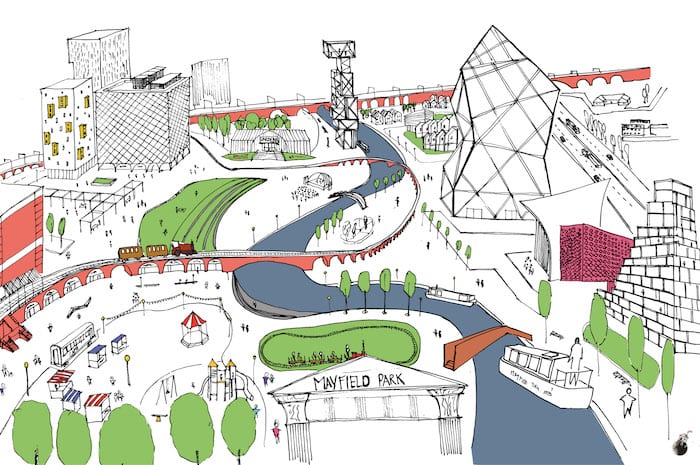
MIC hopes the development will incorporate the community’s aspirations for the area including the re-use and preservation of heritage, long-term community infrastructure and investment in the creativity, innovation and health of all aspects of this new neighbourhood.
The group, which includes academics, architects, planners, artists and campaigners, has asked to meet CEO Richard Upton of developers U+I to present some of its findings at an upcoming MIPIM presentation.
Upton has said the regeneration will deliver something world class for Manchester and that U+I will work with a range of professional, academic, third sector, civic and community groups to ensure the Mayfield development reaches its optimum potential.
Daniel Kelso from ‘architecture: unknown’, the group that collected and summarised the public’s opinions for the report, said: “Our findings differ greatly to the Strategic Regeneration Framework findings of Manchester City Council. Those reports suggested the removal of Mayfield’s history, mainly advocating the demolition of the site.
“The word affordable was not once used in that report regarding housing. Their report did not cover creative bases which our public research has found, which illustrated that people hope, and dream Mayfield can be unique.”
Adam Prince from civic empowerment pressure movement Manchester Shield said: “There is great discord in the city at the moment regarding how consultation and engagement are being handled by politicians and other developers.
“Mayfield is a vital opportunity to work with an incredible developer in a completely new district of Manchester. But more than that and beyond Mayfield, we will now be working to advocate new models of engagement and consultation, valuing citizens rather than ostracising them.”
Read the report here.
- This article was last updated 8 years ago.
- It was first published on 9 March 2017 and is subject to be updated from time to time. Please refresh or return to see the latest version.
Did we miss something? Let us know: [email protected]
Want to be the first to receive all the latest news stories, what’s on and events from the heart of Manchester? Sign up here.
Manchester is a successful city, but many people suffer. I Love Manchester helps raise awareness and funds to help improve the lives and prospects of people across Greater Manchester – and we can’t do it without your help. So please support us with what you can so we can continue to spread the love. Thank you in advance!
An email you’ll love. Subscribe to our newsletter to get the latest news stories delivered direct to your inbox.
Got a story worth sharing?
What’s the story? We are all ears when it comes to positive news and inspiring stories. You can send story ideas to [email protected]
While we can’t guarantee to publish everything, we will always consider any enquiry or idea that promotes:
- Independent new openings
- Human interest
- Not-for-profit organisations
- Community Interest Companies (CiCs) and projects
- Charities and charitable initiatives
- Affordability and offers saving people over 20%
For anything else, don’t hesitate to get in touch with us about advertorials (from £350+VAT) and advertising opportunities: [email protected]

How one chef is transforming lives with vegetarian cooking across Manchester

Review: Joseph and the Amazing Technicolor Dreamcoat at Opera House is ‘an unforgettable night of musical magic’

Manchester Motorcycle company races towards history with a record-breaking machine

